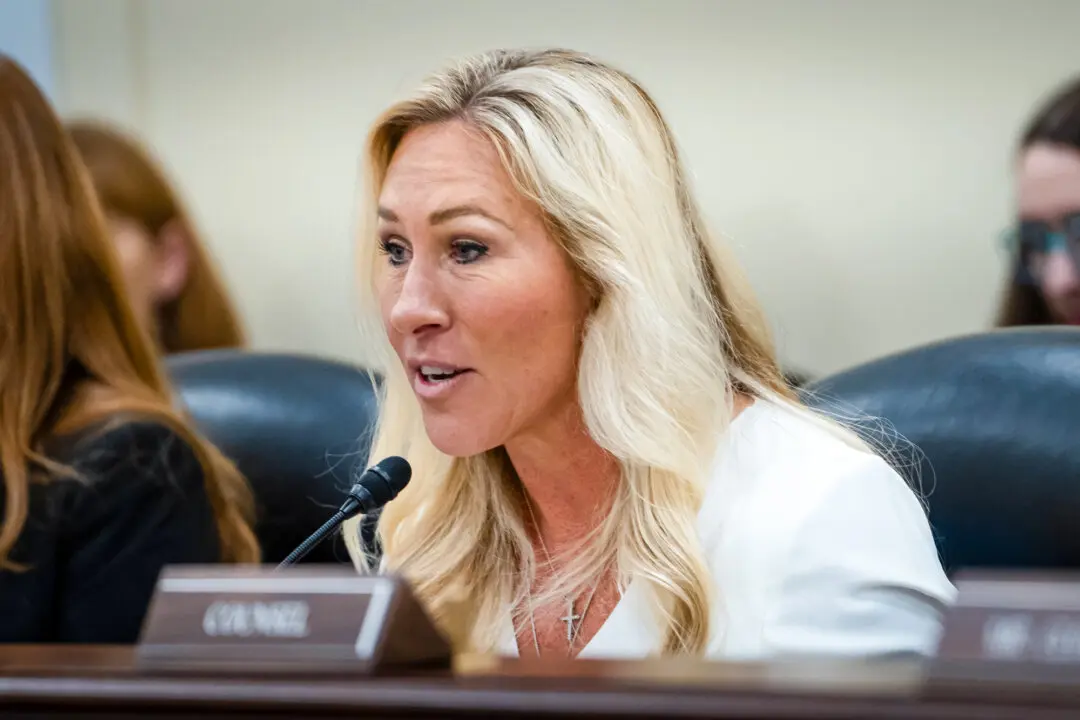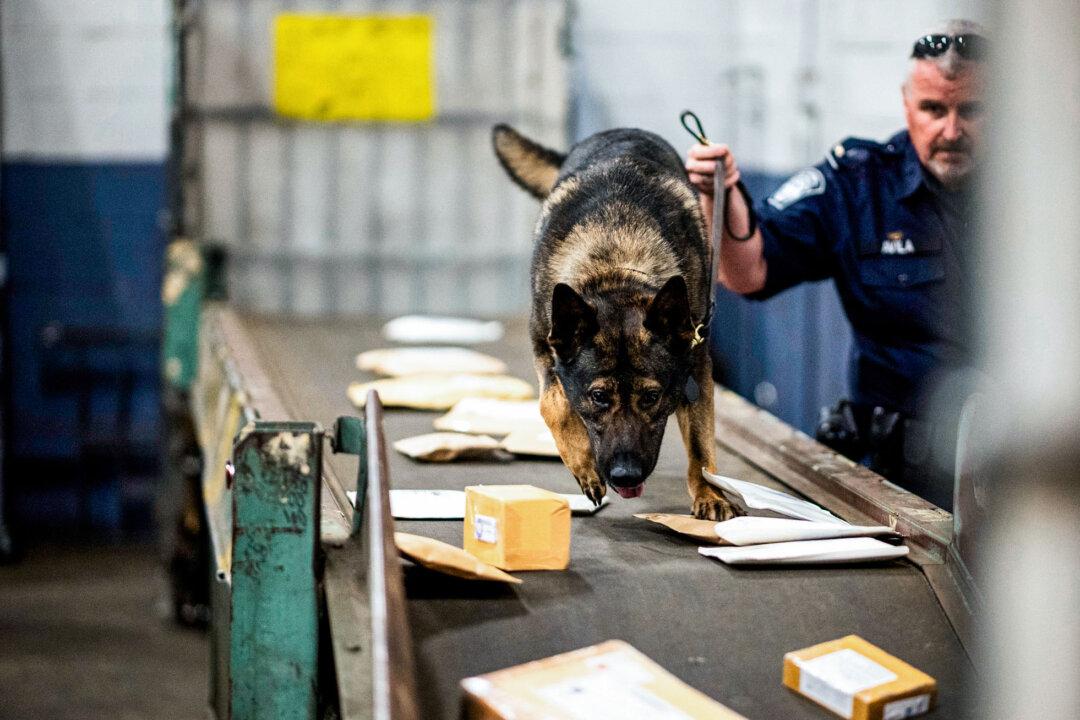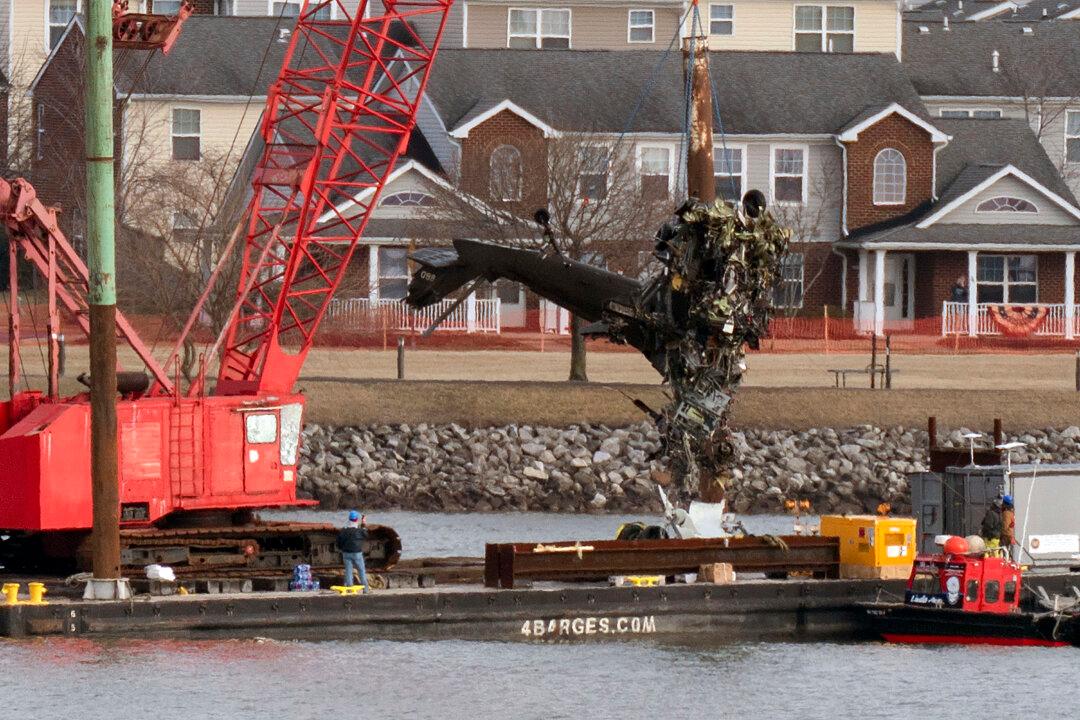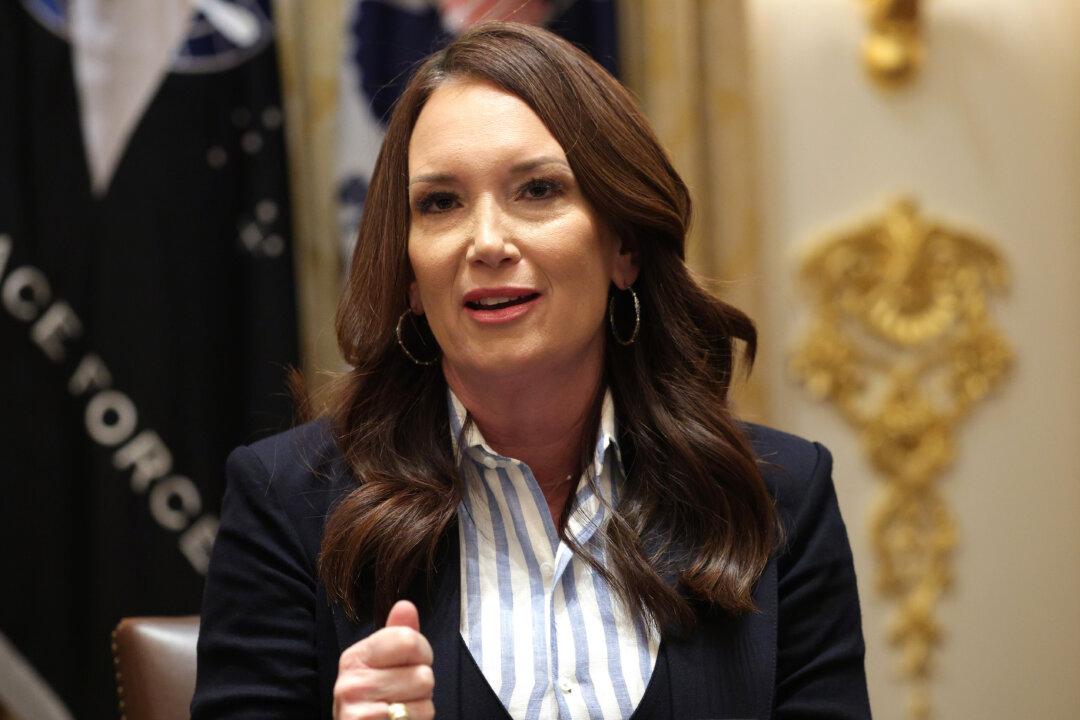The Philippine Coast Guard (PCG) stated on July 5 that two Chinese coast guard vessels had “followed, harassed, and obstructed” its ships on a support mission in the disputed South China Sea on June 30.
PCG spokesman Jay Tarriela said the PCG vessels—BRP Malabrigo and BRP Malapascua—were assisting a naval operation in the Ayungin Shoal when they were approached by the Chinese vessels.





